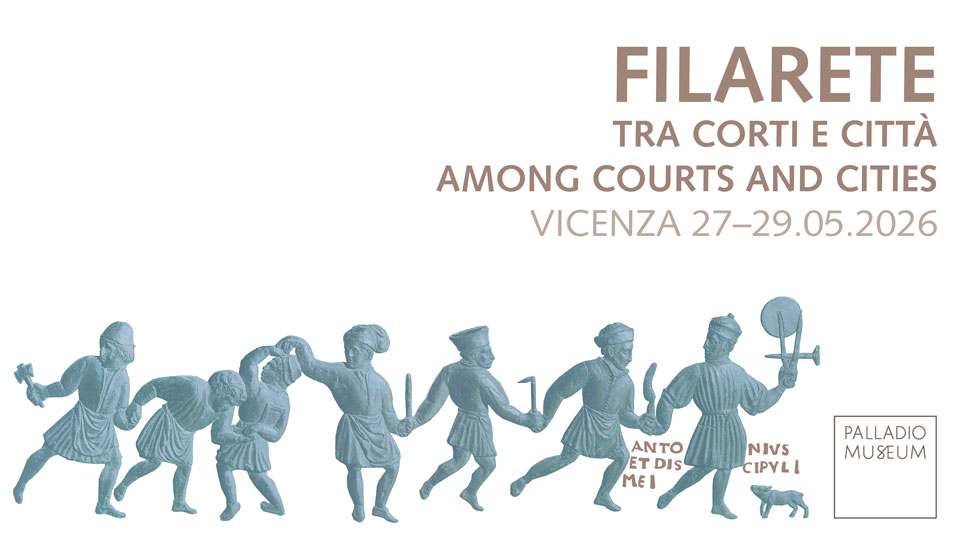37th International Seminar on Architectural History
Filarete among Courts and Cities Vicenza, Palladio Museum, 27-29 May 2026

Antonio Averlino, known as Filarete, represents a paradigmatic figure of an alternative Renaissance—one that revives medieval traditions and implies a personal interpretation of Antiquity. Although he proudly identified himself as Florentine, he ventured well beyond the borders of his native city and engaged with all the major centers of north-central Italy. Like Brunelleschi, Francesco di Giorgio, Leonardo, Raphael, and Michelangelo, Filarete embraced a Renaissance vision of artistic universality, where architecture was one of many practices and not necessarily the primary one.
Filarete emerged and faded from the artistic scene without definitive records of his birth or death. His biography and corpus remain in need of revision, still resting on numerous assumptions. The contempt expressed by Vasari a century later suggests that Filarete’s work did not conform to the conventional model of Florentine renewal. Nothing is known about his training or his activity prior to the project for the bronze door for St. Peter’s (around 1433), and only limited information has so far been reconstructed regarding his long—though possibly intermittent—stay in Rome. His later movements are more clearly documented: his wanderings across northern Italy after leaving Rome around 1447, and his arrival in 1451 at the court of Francesco Sforza in Milan, where he remained until the summer of 1465 before returning to Florence—still dreaming of new departures.
Distinct from Leon Battista Alberti in social background, education, and culture, Filarete was nonetheless a conscious interpreter, in the mid-fifteenth century, of the intellectual values of an architecture grounded in geometry and in a unique relationship with Antiquity. He presented himself as an architect capable of engaging in direct dialogue with his patrons. The range of artistic and political connections he was able to cultivate is exceptional for a maker of his time. As a court artist, he stands out as a figure who merits thorough historical investigation.